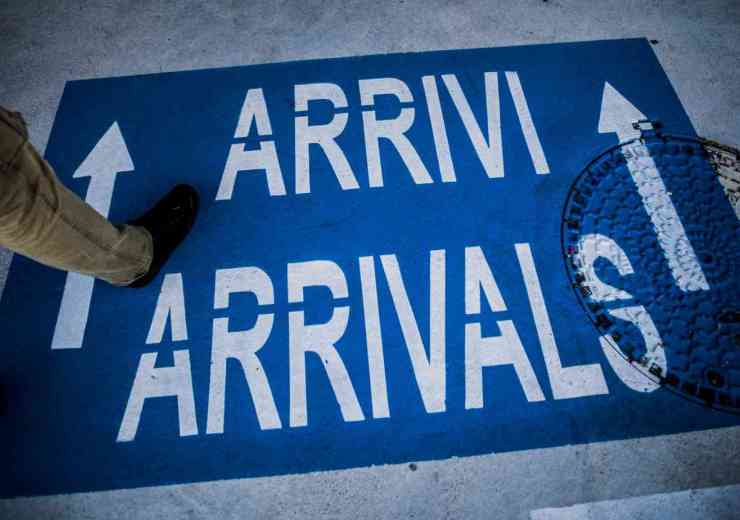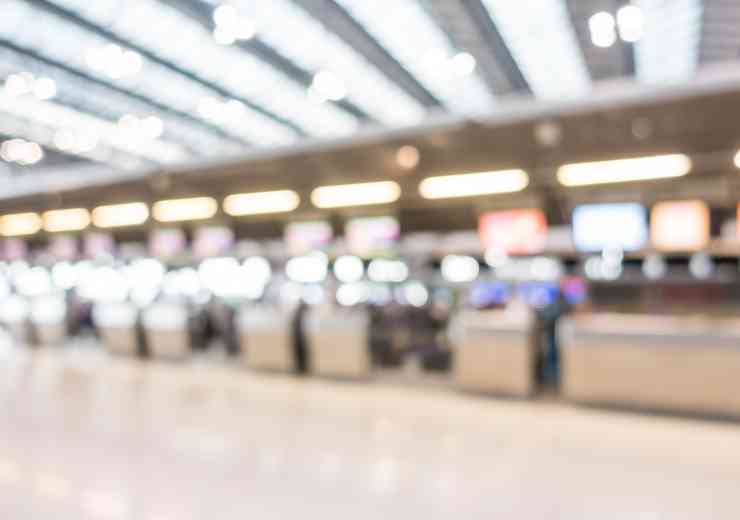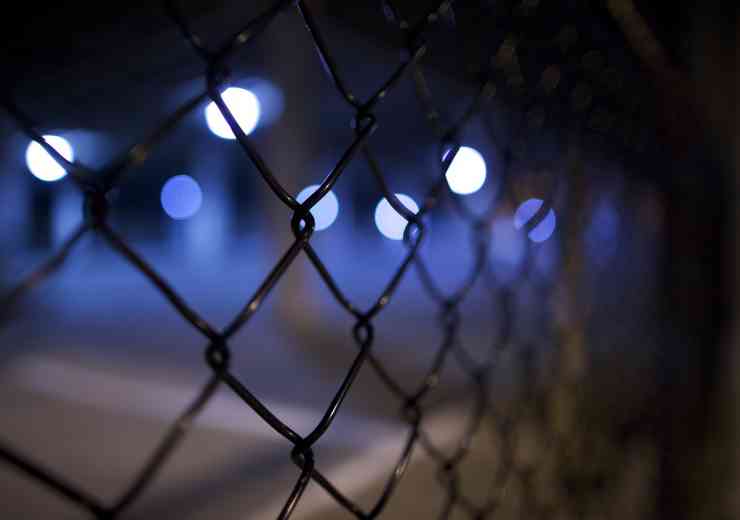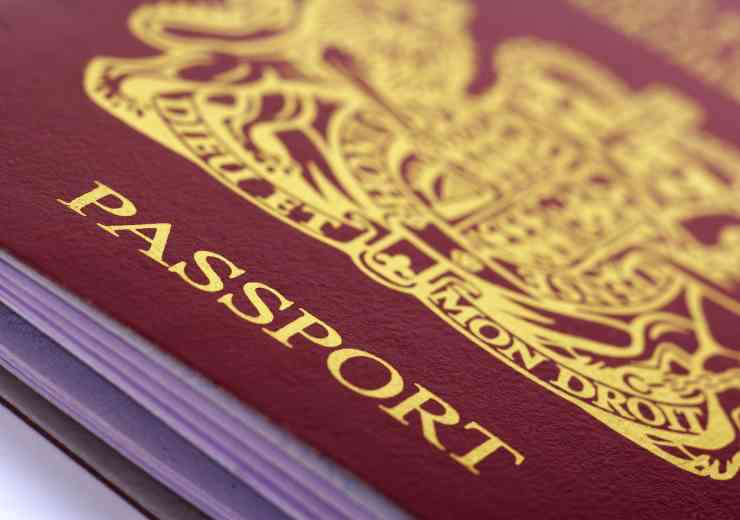Protecting ports
 The pressure to maintain high levels of security measures in ports continues to rise as the threat of terrorism and challenges such as arson, theft and vandalism increase. Nowadays, ports are faced with multiple risks including intruders entering the site, and threats of terrorism, piracy and chemical, biological, radiological, nuclear and explosive (often referred to collectively as CBRNE) type attacks. The complicated structure of port premises also means there is a multitude of hiding spaces available for intruders who breach the perimeter defences or find their way onto the site by any other means. It has therefore never been more important to ensure that sturdy security measures are in place at all times.
The pressure to maintain high levels of security measures in ports continues to rise as the threat of terrorism and challenges such as arson, theft and vandalism increase. Nowadays, ports are faced with multiple risks including intruders entering the site, and threats of terrorism, piracy and chemical, biological, radiological, nuclear and explosive (often referred to collectively as CBRNE) type attacks. The complicated structure of port premises also means there is a multitude of hiding spaces available for intruders who breach the perimeter defences or find their way onto the site by any other means. It has therefore never been more important to ensure that sturdy security measures are in place at all times.
Most types of security breaches in ports can be countered by adopting what is known as an ‘onion ring’ approach, where several layers of security are used starting from the site’s perimeter all the way back to individual building security or main asset security in order to deter would-be intruders.
Perimeter security
The outer perimeter layer is the key starting point in terms of physical protection combined with electronic and/or a security patrol. Patrols with dogs can also be used. Fence-mounted vibration detectors can be used to monitor attempts to breach fencing, triggering an alert in the security control room.
Thermal imaging is also an effective method used to spot intruders in darkness and adverse weather conditions, and can be used to detect stowaways and other unauthorised personnel. Ports often use this type of technology to detect whether there are intruders swimming in the water.
Round-the-clock monitoring
CCTV systems are particularly effective in enhancing the security of ports, by acting as a deterrent to criminals and trespassers, while monitoring the activity of authorised personnel such as staff and passengers.
A specific element of CCTV, known as Video Content Analysis (VCA) is increasingly being used. VCA automatically analyses CCTV images, and is used to create meaningful information about the content. It can be used to automatically detect intruders, identify unattended baggage or count the number of people entering or leaving an area.
CCTV systems can either be monitored by remote monitoring centres, or by security personnel on-site, both of which provide an immediate response to any suspicious behaviour.
Access control
Should an intruder be successful in breaching the outer layer of port security, access control systems can represent the next crucial layer of protection beyond a site’s perimeter. The type of access control measure employed depends on the location and sensitivity of the building or area involved, ranging from paper-based logging systems through to access control cards using radio frequency identification (RFID) chips for more convenient proximity reading of card details and activation of gates, turnstiles and vehicle barriers. For higher risk locations, use of biometric-based systems such as fingerprint readers and iris scanners can be invaluable.
Access control systems can also be used as a health and safety tool in the event of evacuation by quickly producing an accurate register of anyone within the building area.
A physical presence
Security patrols by foot or by vehicle are fundamental for responding to intruder detection. They also play a crucial role in giving visitors and staff a feeling of security. This is particularly enhanced by the presence of security officers manning access points and by security patrols carrying out random patrols both in the buildings and in the perimeter area. Security officers play a vital part in port security and are often responsible for managing technological aspects of a site’s security solutions, such as CCTV or access control.
For those ports whose functions include the operation passenger vessels, passenger protection and luggage security checks are another essential part of port security. It is the most visible of security measures, and entails security checks conducted on all passengers before boarding boats and ships. Surprisingly, many of the staff involved in this process, including on-board customer service crew, are often contracted-out security personnel. This seamless, discreet presence enables security checks to be carried out with minimum disruption to passengers’ journey, while affording them full protection.
Integrating security measures and expert advice
It is not easy to plan security for open and multifaceted spaces such as ports, but the key is to have in place a number of security measures that can complement each other. Combining CCTV with access control and physical security measures such as fencing, bollards, doors and locks, backed up with security patrols can provide an overall security solution that is robust, effective and intimidating to would-be criminals.
If you are new to procuring security solutions, or would benefit from some additional advice, enlisting the help of an expert on all aspects of security can be a great place to start. The unbiased advice of a security consultancy will provide a useful overview of the broad-based challenges faced by each individual premises, and can provide a tailored solution based on each client’s challenges, taking into account budgetary and resource limitations.
The British Security Industry Association (BSIA) is the trade association covering all aspects of the professional security industry in the UK. Its members provide over 70 per cent of UK security products and services, and adhere to strict quality standards.
For more information
Tel: 0845 3893889
E-mail: info@bsia.co.uk
Web: www.bsia.co.uk
digital issue




















